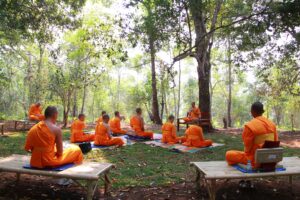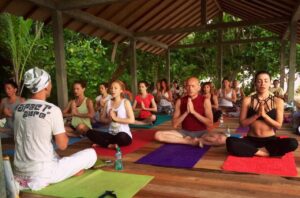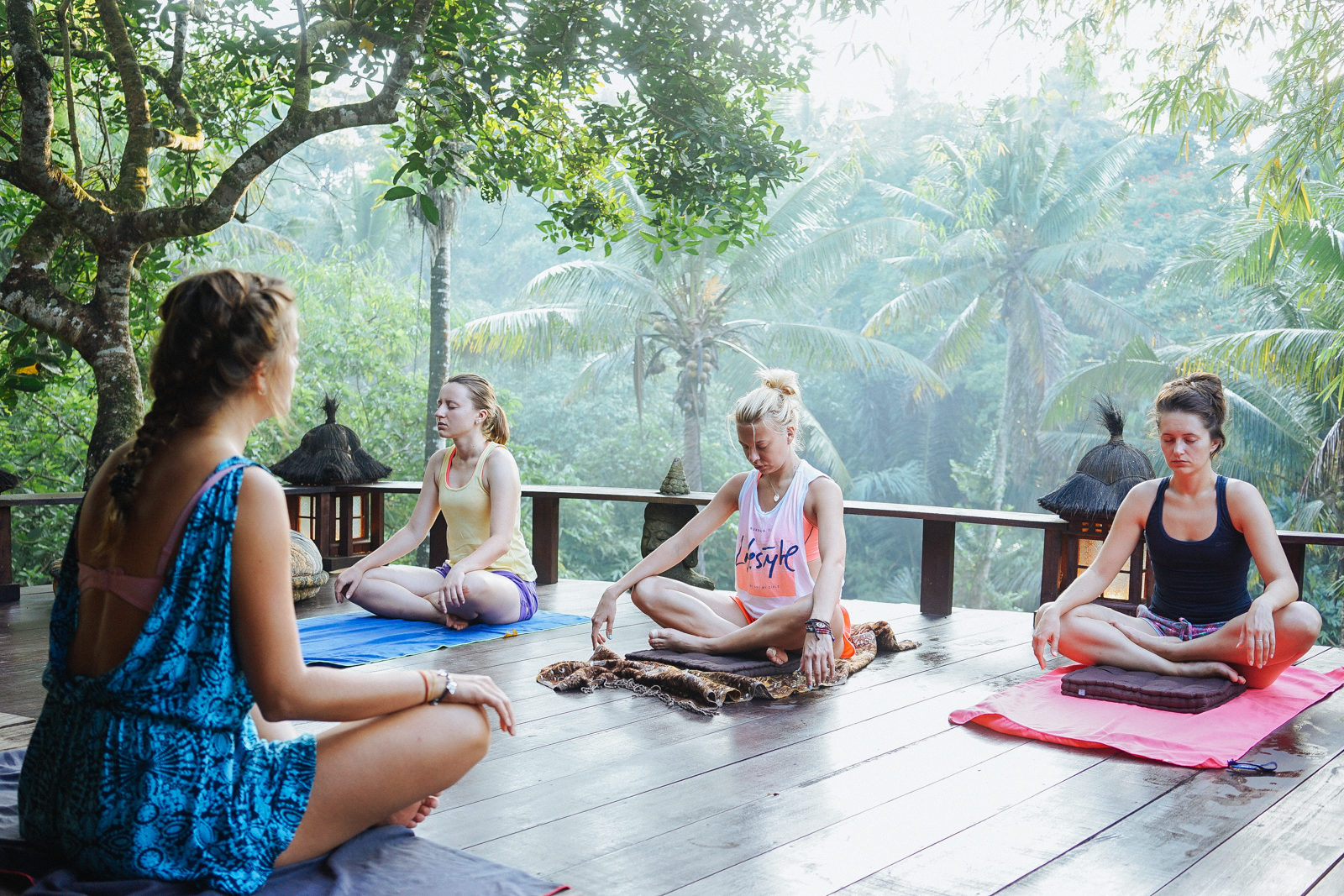Usually meditation https://www.julianalucky.com/post/mommy-and-me-yoga-benefits is divided into two types according to the way of working with attention. Concentration on the object and conscious observation (streaming consciousness without focusing on one object). I would like to add another aspect: relaxed presence.
1. Meditation with focus
This meditation technique involves focusing on one object during the entire session. The object of concentration can be a breath, a mantra, a visual image, a part of the body, an external object, etc.
As skill develops, the practitioner’s ability to continuously focus on one object increases and the influence of distractions decreases. The depth and stability of attention develops.
Examples of such meditation techniques include: Buddhist samata meditation, zazen, loving kindness meditation, chakra meditation, kundalini meditation, some forms of qigong, pranayama, and many others.
2. Mindful Observation Meditation
In this meditation technique, instead of keeping our attention on one object, we keep it open to all aspects of the current experience without judgment or attachment.
All perception, whether internal sensations such as thoughts, feelings, memories, or external sensations, tastes, smells, sounds, is recognized and accepted as it is.
This is the process of observing the current experience without clinging to individual objects, thoughts, and so on.
Examples of such meditation would be Vipassana, mindfulness meditation, or some type of Taoist meditation.
3. Relaxed presence
This is a state of consciousness when attention is not focused on anything, but simply resting – empty, calm and stable. Consciousness is self-directed and dwells in the feeling “I am”. Most meditation quotes talk about this state.
In fact, this state of consciousness is the true goal of all types of meditation, and not the technique itself. All meditation techniques, both focused and flowing, are just a tool to train the mind to discover that silent presence. In the end, all objects of meditation and the process itself are left behind, and only the “I” of the practitioner remains, as a pure presence.
Some meditation techniques immediately take this state as a basis. Such as Maharishi’s “I am” meditation, dzogchen, mahamudra, some Taoist practices and raja yoga exercises. These techniques require effective preliminary preparation and training of the mind.
So let’s move on to the description of various meditation techniques.
